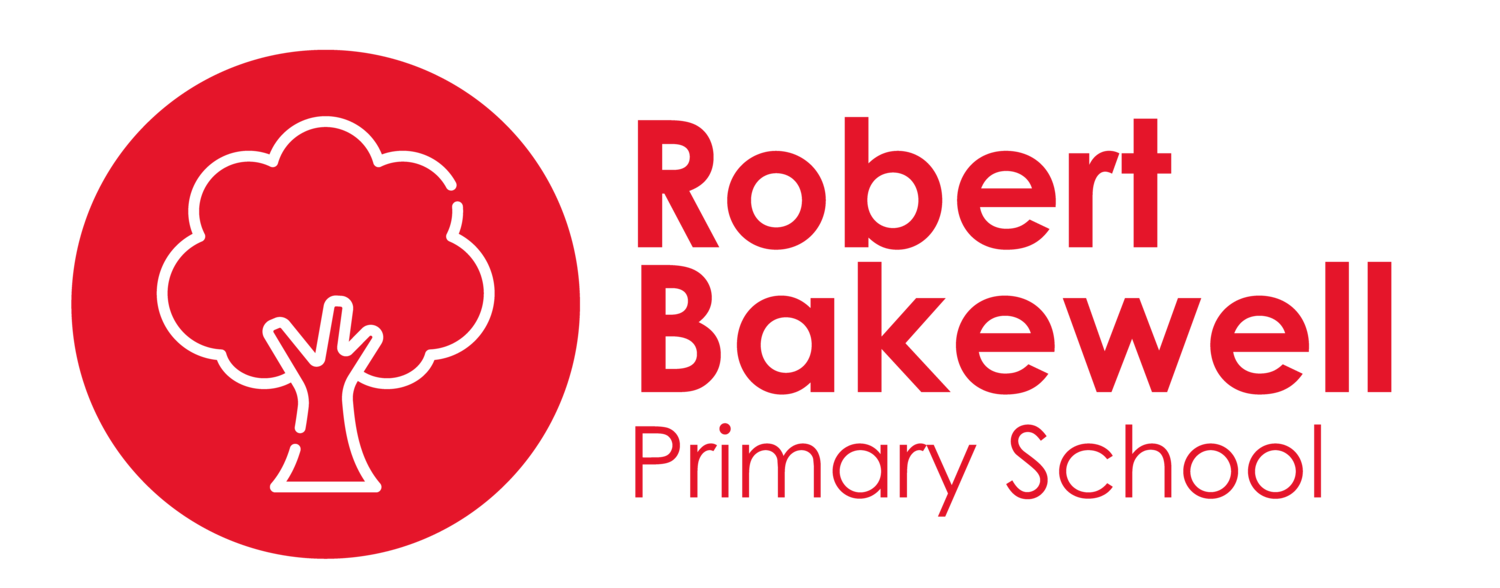
No nonsense Spelling at Robert Bakewell
The No Nonsense Spelling Programme was devised to offer teachers a comprehensive yet accessible progression in the teaching of spelling. Guidance, rather than prescription, is provided on how to teach the strategies, knowledge and skills pupils need to learn. The focus of the programme is on the teaching of spelling, which embraces knowledge of spelling conventions, patterns and rules; but integral to the teaching is the opportunity to promote the learning of spellings, including statutory words, common exceptions and personal spellings.
The programme:
delivers a manageable tool for meeting the requirements of the 2014 National Curriculum
has a clear progression through blocks of teaching units across the year
comprehensively explains how to teach spelling effectively.
How No Nonsense Spelling is organised
The programme consists of the following elements:
The requirements of the National Curriculum, which have been organised into strands and then broken down into termly overviews.
Termly overviews that have been mapped across weeks as half termly plans. These follow a model of five spelling sessions across two weeks, except in Year 2 where sessions are daily.
Daily lesson plans for each session, with Supporting Resources, including word lists and guidance on conventions. The lesson plans
The lessons themselves then follow the structure below:
Each lesson is approximately 10 to15 minutes long, but lesson plans are flexible so that the teaching can reflect the extra time needed on a teaching point if required.
The Supporting Resources can be used as appropriate to adjust the pace and focus of the lesson.
A typical teaching sequence is as follows:
Revise
Activate prior knowledge
Revisit previous linked learning
Teach
Introduce the new concept
Explain
Investigate
Model
Practise
Individual/group work
Extend/explore the concept independently
Investigate
Generalise
Apply/Assess
Assess through independent application
Explain and demonstrate understanding


